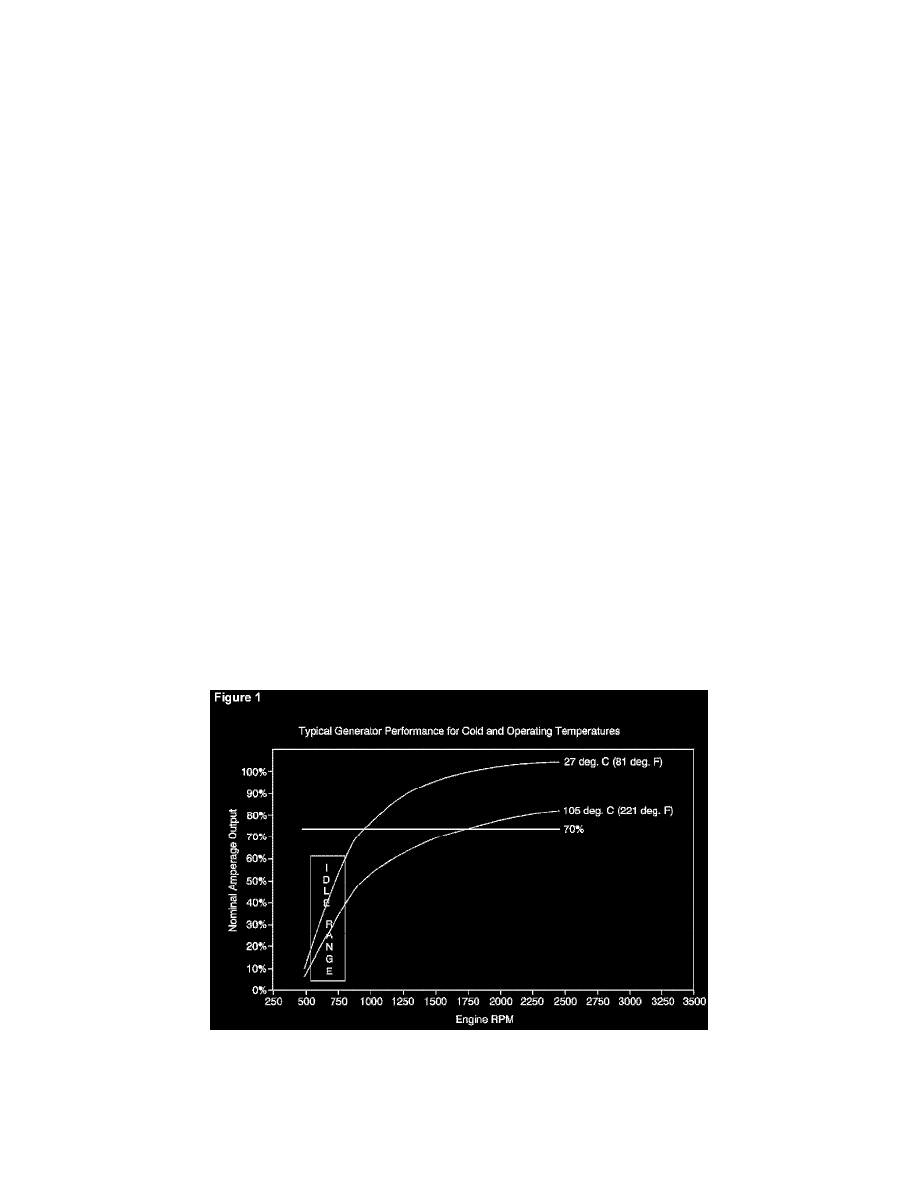XLR V8-4.6L VIN A (2006)

Charging System: Technical Service Bulletins
Charging System - Low Voltage Display/Battery Discharged
INFORMATION
Bulletin No.: 02-06-03-008D
Date: July 21, 2008
Subject:
Low Voltage Display on IP Gauge, Lights Dim at Stop Lights, Battery Discharged, No Start, Slow Cranking, Dim Lights at Idle, Low Generator Output
Models:
1990-2009 GM Passenger Cars and Light Duty Trucks (including Saturn)
2003-2009 HUMMER H2, H3
2005-2009 Saab 9-7X
Supercede:
This bulletin is being revised to add the 2009 model year. Please discard Corporate Bulletin Number 02-06-03-008C (Section 06 - Engine).
Any vehicle may have a low voltage display (if equipped with gauges), lights that dim at stop lights, slow cranking, no start, low generator output at idle
or dim lights at idle when electrical loads are heavy at idle or under slow driving or infrequent usage conditions. These characteristics may be more
noticeable with customer added electrical accessories, or with a discharged battery. These are normal operating characteristics of a vehicle electrical
system and no repairs should be attempted unless a proven fault has been diagnosed.
During normal driving conditions, when engine speed is above 1000 RPM, the generator is designed to do two things:
^
Supply the current necessary to operate the vehicle's originally equipped electrical devices (loads).
^
Recharge/maintain the battery's state of charge.
The following factors may affect generator and battery performance:
^
Non-usage of the vehicle for extended periods of time. The vehicle's computers, clocks and the like will cause the battery state of charge to drop (For
example; 30 days in a parking lot and the vehicle may not start because of a dead battery or a vehicle which is driven only a short distance once a
week may end up with a discharged battery to the point where the vehicle may not start). This would be considered abnormal usage of the vehicle and
the normally expected result for the vehicle battery, generator and electrical systems.
^
At idle, vehicle electrical loads may exceed the low speed current (amperage) output of the generator and when this happens the shortfall comes from
the battery. This will result in a drop in the electrical system voltage as the battery delivers the additional electrical current to meet the demand. This
is equivalent to the brown outs experienced by homes and businesses when the electrical demand is more than the supply. See Figure 1.
^
Extended periods of engine idling, with high electrical loads, may result in a discharged battery. Attempting to recharge a battery by letting the
engine run at idle may not be beneficial unless all electrical loads are turned "OFF".
